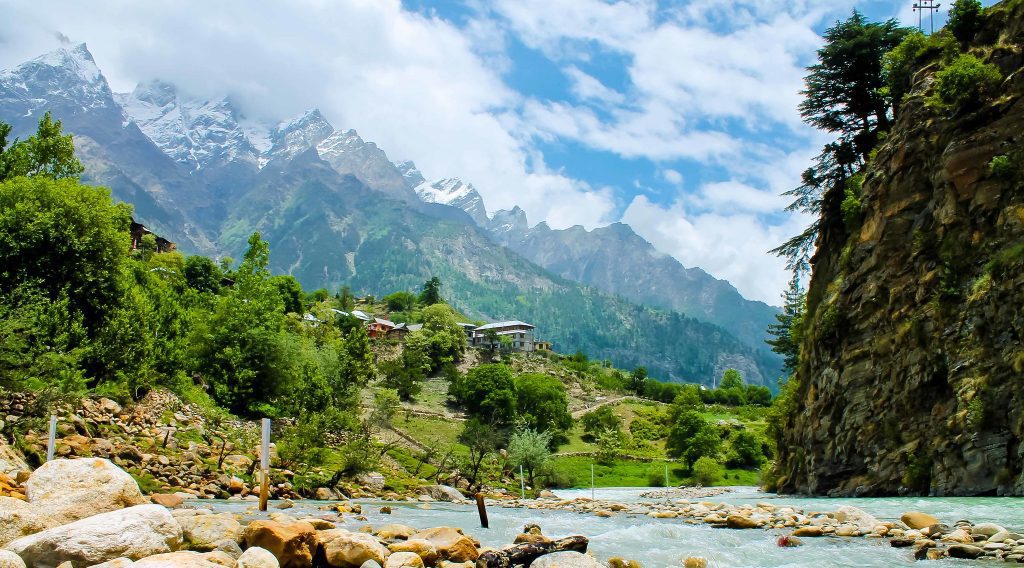As I set foot in the enchanting valley of Kashmir, I was immediately captivated by the breathtaking beauty that surrounded me. The lush green landscapes, snow-capped peaks, and serene lakes seemed straight out of a postcard. Accompanied by my dear friend Meer bhaiya, we embarked on a memorable journey from Pulwama to Pahalgam. Little did I know that this road trip would lead us to an extraordinary discovery.
As we drove along the winding roads, Meer bhaiya began to share stories of his childhood and the fond memories he had of his village, nestled amidst the picturesque vistas. It was during our conversation that he revealed something remarkable – his village was renowned for producing arguably the best cricket bats in the world, the famous Kashmiri willow bats. I couldn’t help but be intrigued by this unique piece of information.
Having recently come across news about a manufacturing unit in Kashmir obtaining approval from the International Cricket Council (ICC), the significance of the village’s craft started to dawn on me. These weren’t just any ordinary cricket bats; they were the preferred choice of top cricketers in the field, prized for their exquisite craftsmanship and unparalleled performance.
Feeling a surge of excitement and curiosity, I suggested to Meer bhaiya that we should make a stop at his village to witness this extraordinary craftsmanship firsthand. Embracing the freedom of booking a Savaari, we decided to take an unplanned detour and visit the village, eager to uncover the secrets behind the making of these world-renowned cricket bats.
Nestled amidst the breathtaking beauty of Kashmir lies a small village that holds a unique distinction in India – Sangam, the willow bat Village. With its picturesque setting and the captivating artistry of its residents, Sangam has become synonymous with the finest handmade cricket bats in the country. Join me as I embark on a journey to discover the charm and craftsmanship that make Sangam a must-visit destination for cricket enthusiasts and lovers of traditional craftsmanship.

A Cricketing Legacy
On a relatively warm morning in Kashmir, a radio blares the commentary of an international match. While kids, all dressed up in pherans are playing cricket with bats made up of cut-up Kashmiri willow logs. Neither these kids nor their parents are aware of the upcoming boom of the Kashmiri Willow that is about to change their lives. Sangam boasts a rich cricketing legacy that spans generations. The village has earned its reputation as the hub of willow bat-making in India. Here, skilled artisans channel their expertise and passion for creating cricket bats that have found their way into the hands of some of the world’s greatest cricketers.
Sangam has been a major manufacturing house for Kashmiri Willow bats since the early 1920s. But it wasn’t till 2021 that the Kashmiri Willow bats saw the international market. In 2021, UAE adopted the GR8 bats to play in the T20 world cup. Even Oman made the switch to Kashmiri Willow. The legacy of bat-making in Sangam has been passed down from father to son, ensuring the continuity of this timeless craft.
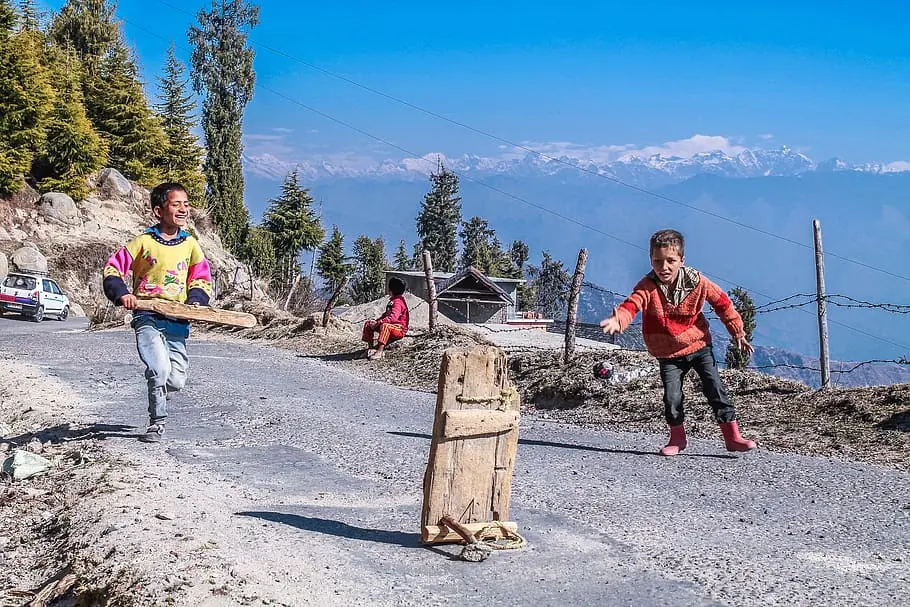
Willow Bat-Making Process
Meer bhaiya had already given me a crash course on the bats that are breaking the markets. But I needed more. I decided that delving into the intricate art of willow bat making was the only way, and it was even on the way! As we reached Sangam, Meer bhaiya gave me the greatest gift of the trip. He actually knew the owner of the manufacturing unit that makes the GR8 bats. His name is Fawzul Kabir, and he actually took the time out to sit and talk to us while we discovered the meticulous steps involved in creating these iconic cricketing instruments.
From selecting the finest willow wood sourced from nearby forests to shaping, sanding, and refining the bat, every stage of the process demands skill, precision, and an eye for detail. Witnessing the dedication and craftsmanship that goes into each bat highlights the passion and pride of the artisans of Sangam.
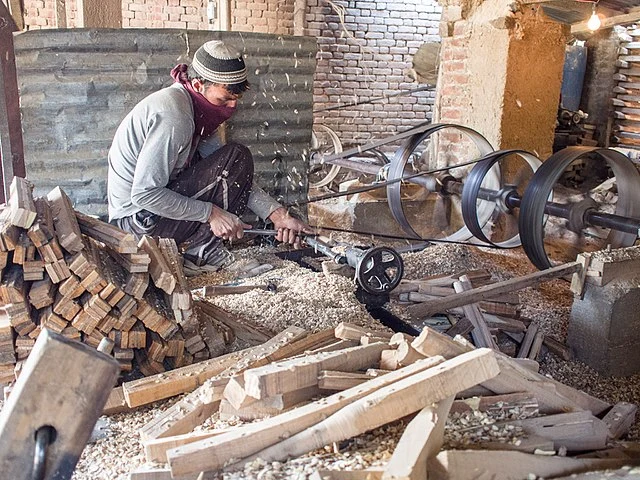
Connecting with the Artisans
Upon reaching the heart of the village, we were greeted by a warm and tight-knit community of skilled artisans. We learned that willow bat-making had been a cherished tradition passed down through generations in the village. These talented craftsmen knew the art of selecting the finest willow logs, and their hands worked deftly, shaping and carving the wood into the iconic cricket bats that cricketers worldwide dreamt of wielding.
Meer bhaiya introduced me to one of the veteran batmakers, a kind and gracious gentleman who exuded passion for his craft. He shared insights into the meticulous process, from selecting the perfect willow logs to the fine-tuning of the bat’s shape and balance. It was evident that this craft was not just a livelihood but a labor of love for the entire village.
The village has been producing bats since the early 1920s and manufacturing it throughout the country. Some even had dreams of making their bats be a cause of joy to our country by making us win in an International Cricket match. But very few of them actually believed that it would even happen.
“The atmosphere in the entire village has been elevated ever since GR 8 got the ICC approval. Everyone is humming all the time, people like to meet and socialise more often, in fact, long enemies who were once friends have made up with each other. Its almost like a festival is going on, and the rituals include making bats.” – Totapul Sheik
“I got so excited when Junaid Siddique from the United Arab Emirates unleashed a breathtaking stroke, hitting the longest six of the tournament. It was unbelievable! I almost dropped the glass of water in my hand out of joy!” – Rehna
I couldn’t help but marvel at the dedication and expertise of these artisans as they transformed raw willow into a masterpiece that would grace the hands of cricketing legends. Their bats had not only conquered the hearts of local cricketers but also made their way to the international arena, where they were revered by some of the best players in the world.
By engaging in conversations with the villagers, we got to learn about their techniques, experiences, and the challenges they face in preserving this traditional art form. And none of this would have been possible if I hadn’t booked a Savaari and had Meer bhaiya on the trip with me. Their stories add a personal touch and deepen our appreciation for the craftsmanship that has made Sangam a celebrated name in the cricketing world.
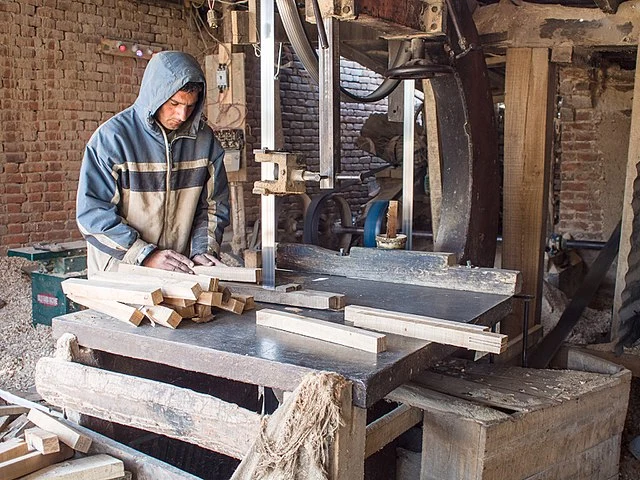
The star of the show – Kashmiri Willow Bat
Kashmiri willow bats hold a revered status in the realm of cricket equipment and their main competitor, the English willow bats. Fawzul Kabeer recognises the challenges he is going to face when competing with English Willow, but he seems very confident in the capabilities of the Kashmiri Willow bats. Here are several reasons why Kashmiri willow bats are considered by many to be better:
- Exceptional Durability – One of the key advantages of Kashmiri willow bats lies in their exceptional durability. The dense fibers and compact nature of the Kashmiri willow wood make it highly resistant to wear and tear. This durability ensures that the bats can withstand the relentless impact of fast bowlers, allowing players to wield them with confidence and reliability over an extended period.
- Superior Performance – Kashmiri willow bats are renowned for their outstanding performance on the cricket field. The unique composition of the wood enables an excellent balance between power and finesse. The sweet spot of a Kashmiri willow bat is known to be heavier and more forgiving, offering cricketers an enhanced chance of making solid contact with the ball and generating powerful shots.
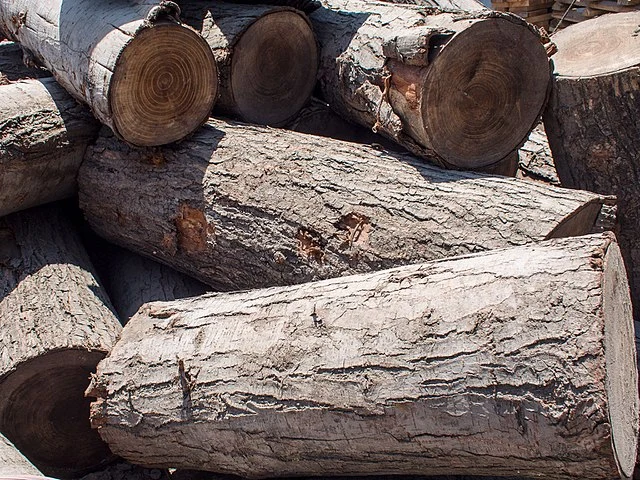
- Impeccable Craftsmanship – The manufacturing process of Kashmiri willow bats is steeped in craftsmanship and tradition. Skilled artisans in the Kashmir region meticulously craft the bats, paying close attention to detail. Their expertise and knowledge of the wood allow them to create bats with precision weight distribution and optimal balance, ensuring a superior feel in the hands of the player.
- Natural Resilience – Unlike English willow bats, which often require additional preparation and knocking-in to reach their peak performance, Kashmiri willow bats possess natural resilience right from the start. The inherent density and hardness of the Kashmiri willow wood enable the bats to be game-ready with minimal conditioning, saving valuable time for players who can immediately focus on their game.
- Affordability – Another advantage of Kashmiri willow bats is their affordability compared to their English counterparts. While English willow bats may be considered high-end and come with a premium price tag, Kashmiri willow bats offer exceptional quality at a more accessible price point. This affordability allows aspiring cricketers, particularly those from economically disadvantaged backgrounds, to have access to high-quality equipment without straining their finances.
Kashmiri willow bats possess a winning combination of durability, performance, craftsmanship, natural resilience, and affordability that set them apart from English willow bats. With their rich heritage and unrivalled quality, Kashmiri willow bats will continue to be a preferred choice for many cricketers who seek a superior playing experience on the field. We cross our fingers along with the people of Snagam village that they see the success that they have waited for so long and truly deserve.
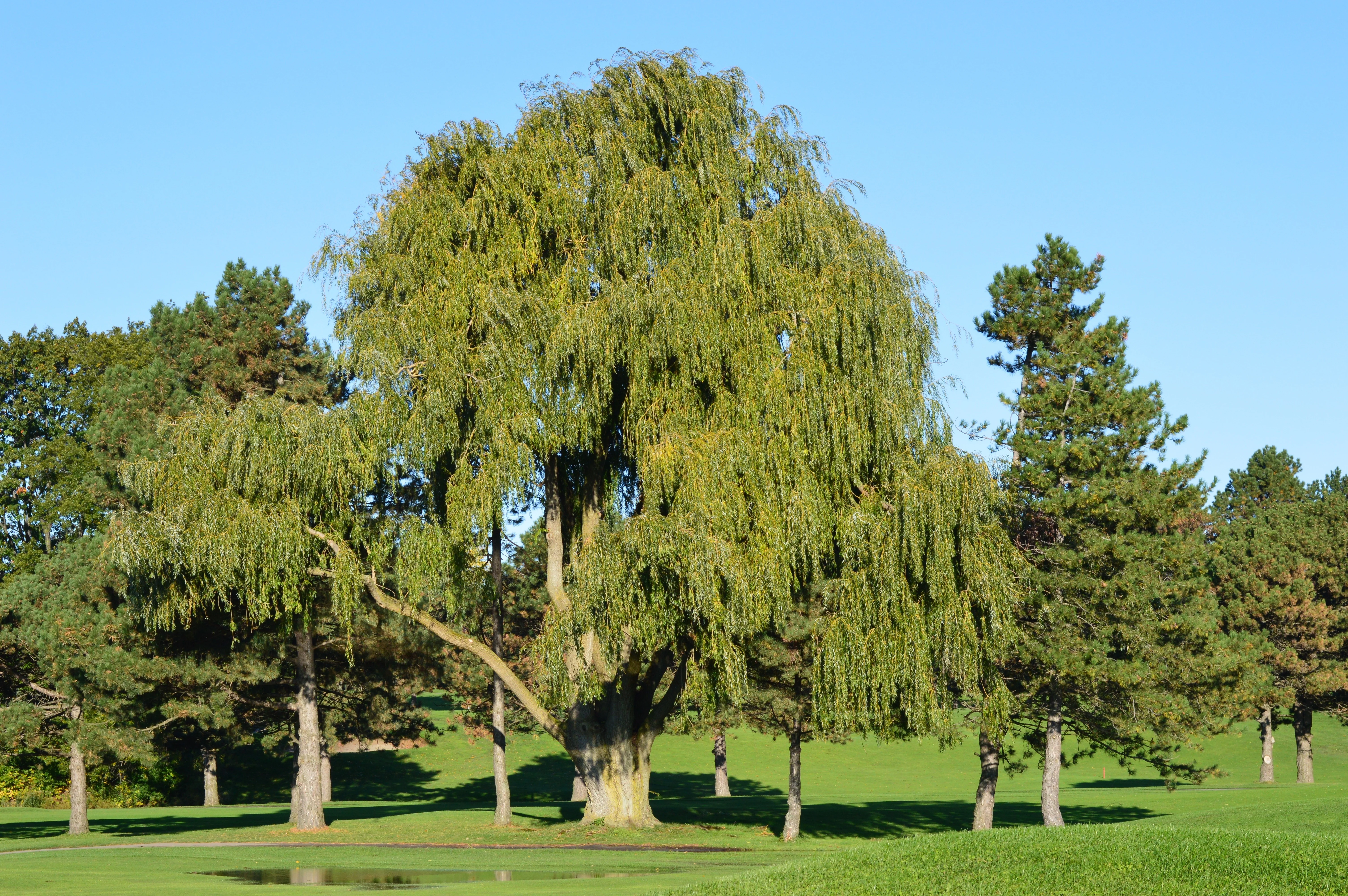
Immersing in Cultural Heritage and Warmth
Sangam is also surrounded by the breathtaking beauty of Kashmir, beyond the art of bat making. Kashmir is called that heaven on earth, and you can find out why on our blog about a blissful 9-day road trip through the state. Meer bhaiya took me to this amazing spot on a rock on the hill to have tea and Maggi. And everybody agrees that the air in the hills changes the taste of the food. The freshly harvested spinach, tomatoes and carrots could have also been the magic. But magic it was.
- Walk or cycle through lush green landscapes, capturing serene photos and enjoying the melody of birds.
- Discover local culture, traditions, and Kashmiri cuisine.
- Explore ancient temples, forts, and ruins, appreciating intricate architecture and the stories they hold.
- Trek hills, enjoy stunning views, and experience water sports like rafting and kayaking.
- Witness processions, dances, and music performances, and immerse in the vibrant festivities.
- Picnic by the riverside, soak up the sun and find tranquillity for meditation or yoga.
- Visit the Sukrala Mata temple and find out about the rich history of the village.
- Relax near the majestic Aharbal Falls and soak in the outdoors.
- Enjoy a game if cricket with the locals.
We explored the mesmerising landscapes, serene rivers, and lush green fields that contribute to the village’s enchanting ambience. The charm of Sangam lies not only in its cricketing heritage but also in its tranquil surroundings. These views inspire the artisans and reflect the essence of this remarkable region. Book a Savaari to Sangam and enjoy your trip without any worries.

Experiencing Cricket in Sangam
No visit to Sangam would be complete without experiencing the game of cricket in its purest form. I was licking the plate in which I was offered Maggi. And we noticed a bunch of pheran-wearing kids, who were so shyly following us around the entire day. They were walking towards us and invited us to play cricket with them. My only condition – I will bat first. Which they all agreed to and thought of as fair.
Initially, these tiny babies were playing with a cork ball, but my cowardly self was unable to get me to do that. So, we shifted to the Cosco balls. I didn’t know you could use the Kashmiri Willoe of Cosco balls before that. My team lost horribly, and all because of me. But I was so proud of myself for catching someone out.
Engaging with the locals and joining in a friendly match was amazing. It offers a glimpse into the passion and love for the sport that permeates the village. It’s a chance to witness firsthand the synergy between the bat, the ball, and the players. The craftsmanship originating from this very village unites all these elements. And wouldn’t this match be immensely more fun if you had your own little team to play? You can now book a tempo with Savaari and take your team to play the tiny cricket village in India.
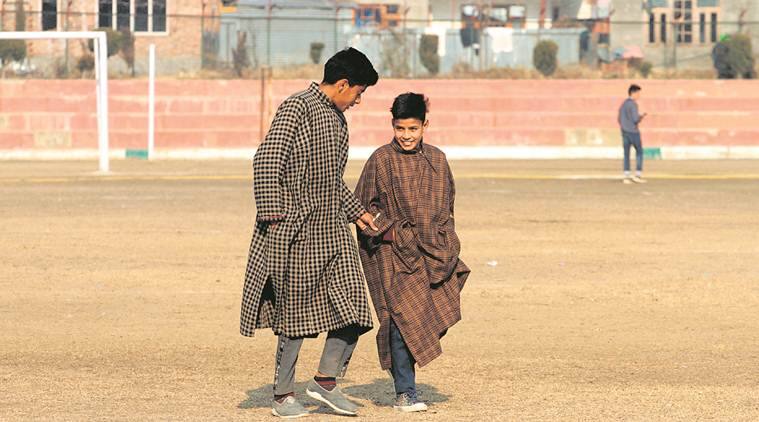
From Local to Global
For many years, the willow bats produced in Sangam primarily served the local and domestic markets. However, with the rise of international cricket and the sport’s global popularity, the village’s craftsmen found a way to share their legacy with the world. Today, Sangam’s willow bats find their way to cricketing arenas around the globe, embraced by aspiring cricketers and international stars alike.
Kashmir willow bats in the past were used by star cricketers like Sachin Tendulkar, Yuvraj Singh, and M.S. Dhoni, as per the manufacturers and players like Steve Waugh have also used these bats.
My journey to Sangam, the Willow Bat Village of Kashmir, has been a revelation of how tradition and craftsmanship can thrive amid the challenges of the modern world. The artisans’ dedication and passion for cricket have made Sangam’s willow bats resonate with cricket enthusiasts worldwide. As I bid farewell to this extraordinary village, I carry with me a profound understanding of the importance of preserving such remarkable traditions and supporting the talented artisans who keep them alive. A visit to Sangam is not only a cricket lover’s dream but also an invitation to embrace the timeless tradition of bat-making and the awe-inspiring landscapes that make Kashmir a true paradise on earth.
Last Updated on July 24, 2023 by blogadmin




